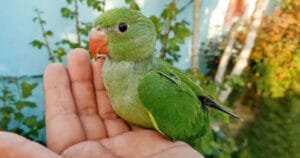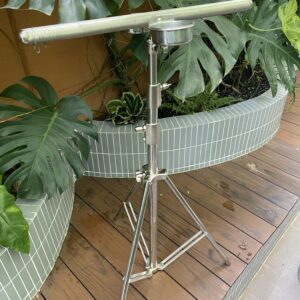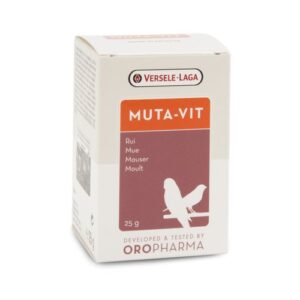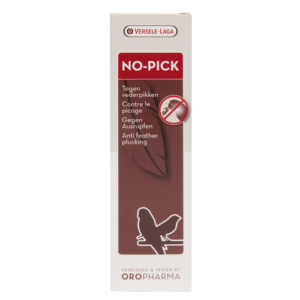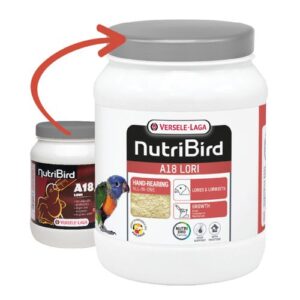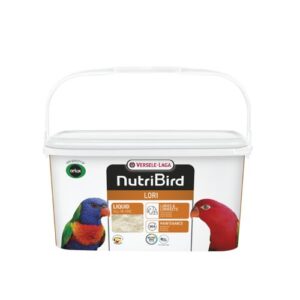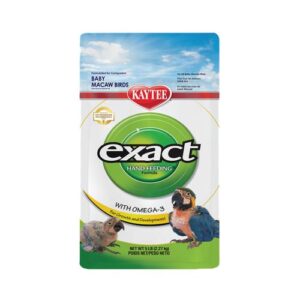Handshake dog training can pay off much better with a show icon. Once your dog understands how to sit and when to sit, you will help them improve compliance and become more attached to you. Let’s start training your dog so that he can perform his simple act.
Initial training
1. Choose a reward for your dog
You will have to reward the dog when he does it right. Buy food that your dog likes and always bring it with you when teaching your dog to shake hands. Small, mouth-watering treats are great for training your dog because you can reward him many times without fear of him getting fat. You should also consider your dog’s favorite foods: does he prefer soft or hard foods? What flavors do dogs like? Find out what your dog likes best and have it ready when training.
- Make your own treats for your dog. It could be small pieces of cooked meat or fruit or vegetables.
- Do not overfeed your dog. Keep each serving as small as possible.
- Do not feed your dog the following as they can make your dog poisoned or sick: avocado, chocolate, bread dough, fresh grapes or raisins, hops, alcohol, moldy food, macadamia nuts , xylitol, onions and garlic.
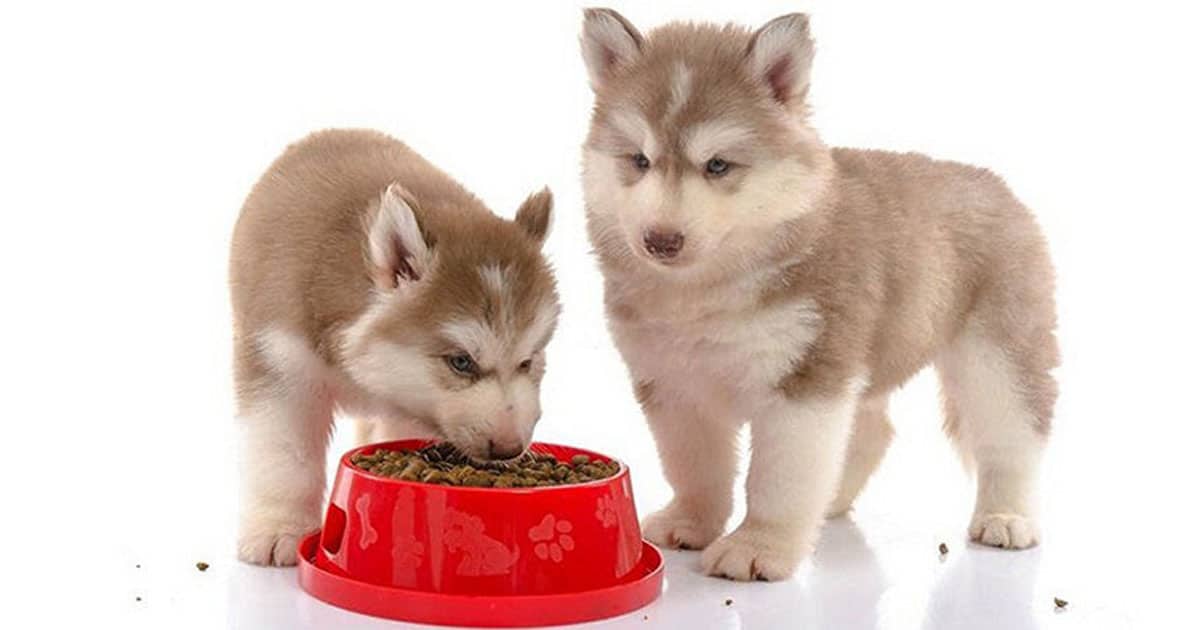 Choose a treat your dog loves
Choose a treat your dog loves
2. Tell your dog to sit down
Dogs can only shake hands while they are sitting. If your dog does not yet understand the sit-down command, you need to teach him to sit.
- Don’t give the dog the treat in a hurry, because you’re teaching the dog to shake hands, not sit down.
3. Let the dog see the food
You should not reward your dog with food at this time. Now hold the food with your left hand. Hold the treat in front of the dog’s nose and let the dog see it. Once you have your dog’s attention, make a fist to hide the food.
- Don’t let the dog get your food.
- Clip the food between the thumb and the palm.
4. Say the command “Shake hands”
This will be the command you use when you want it to shake hands (you can also say something else like “Raise your hand”). Say this command when you hold your favorite food in front of it.
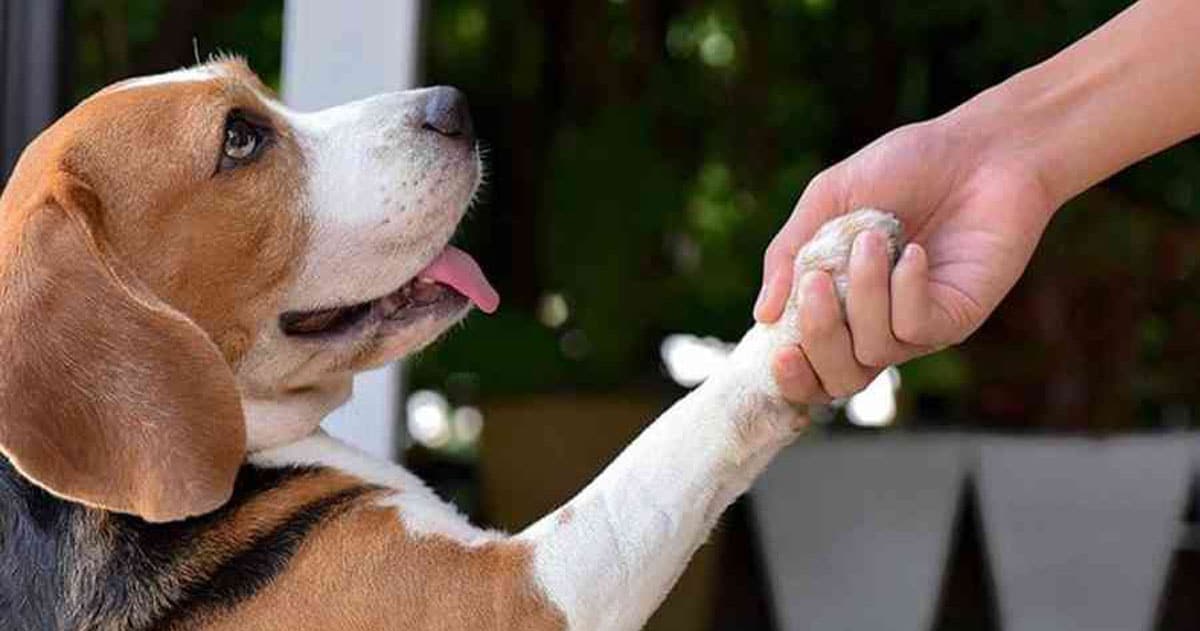 Teach your dog to shake hands
Teach your dog to shake hands
5. Say compliments to your dog when he does
When the dog realizes you have a favorite treat in your hand, he will find a way to get it. When it does the action you want – like reaching up to take the food in your hand – say, “Good job!” in an excited tone and gave it food.
- When your dog does what you want, immediately reward him with a treat.
- Ignore any other dog movements, like sniffing or licking your hand.
- Please be patient.
- Practice several times until the dog always raises its paw every time you say “Shake hands.”
6. Reward your dog for shaking hands
Once the dog raises its paws on command, you should take the next step. You’ll start rewarding your dog only if he does something akin to a handshake.
For example, if your dog raises his paws higher first, say, “Good job” and reward him with the treat, but don’t reward him before he does. Continue practicing until your dog always raises his paws every time you give the command.
7. Grab your dog’s front paw with your hand
Use this extra step if your dog won’t scoop the food in your hand. By grabbing your dog’s front paw, and praising him during and after doing so, you’ll make him understand: petting your hand can help him eat.
- Hold your dog’s front paws for a few seconds before offering the treat.
- Be gentle and slow.
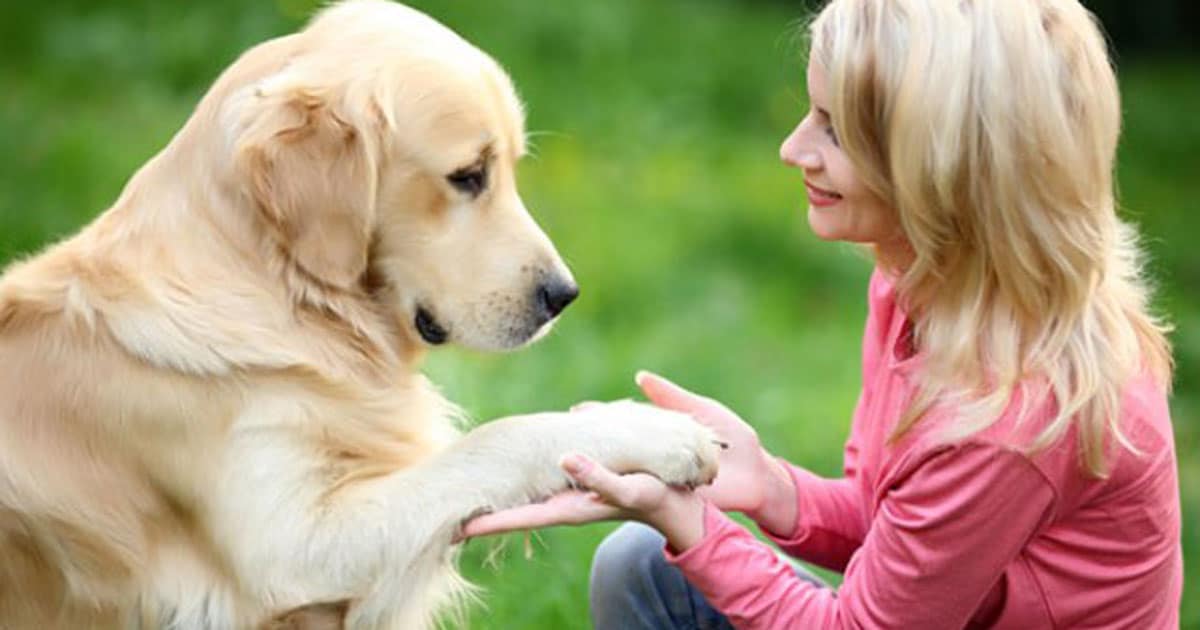 Teach your dog to shake hands
Teach your dog to shake hands
Teach your dog to obey commands
1. Introduction of Commands
Once your dog has learned to take food from your fist, you can start teaching him to follow commands. Wait until the dog nudges your arm, then give the command while offering the food. You can use any word, but will usually use a single word like “Catch!” Or “Hands!”. Give commands clearly and loudly enough for the dog to hear. Give the command as soon as the dog starts teasing you. Once you have selected the command word, do not change it, as doing so will confuse the dog. All commands must be brief. One-word commands are the most effective.
2. Start chanting the command first
Once you’ve signaled the exact moment the dog is moving, it’s time to signal ahead of time. Signal when reaching for dog food.
- This way, the dog will recognize the signal as a signal to grab the food.
- Ideally, the dog will stick its arm out as soon as you give the signal.
- Only after shaking hands should you feed the dog and praise it.
- If the dog doesn’t do anything when giving the command, try again until it succeeds. If after 15 minutes it’s still not working, stop and practice later. You should not confuse your dog.
3. Reward the dog only when the task is completed
If you reward your dog for other actions, it will get confused. Never reward your dog if it doesn’t follow through on an order, or it will assume you’ve bribed it with food.
- Avoid other inappropriate forms of reward by always getting your dog’s attention before training time.
- Do not rush to reward the dog with food if the dog cannot “shake hands” on command. If you do, the dog will understand: he gets a treat when he sits down and ignores the owner.
- Know that dogs are quite intelligent. Any dog treats will be associated with the actions it is performing at that time.
- Your dog will want food. Once the dog understands that a certain action can bring him good food, he will always be ready to repeat it. This is true of both good and bad actions. Keep this in mind when rewarding dog food.
Advanced technique
1. Start giving up food
Eventually, you’ll have to stop rewarding your dog for shaking hands. Do this slowly every time your dog “shakes hands” with you. Replace it with compliments or other rewards like going for a walk or play.
- Continue practicing until you are confident that your dog will “shake hands” without a reward.
- You can try reaching out with your bare hand as you begin this step.
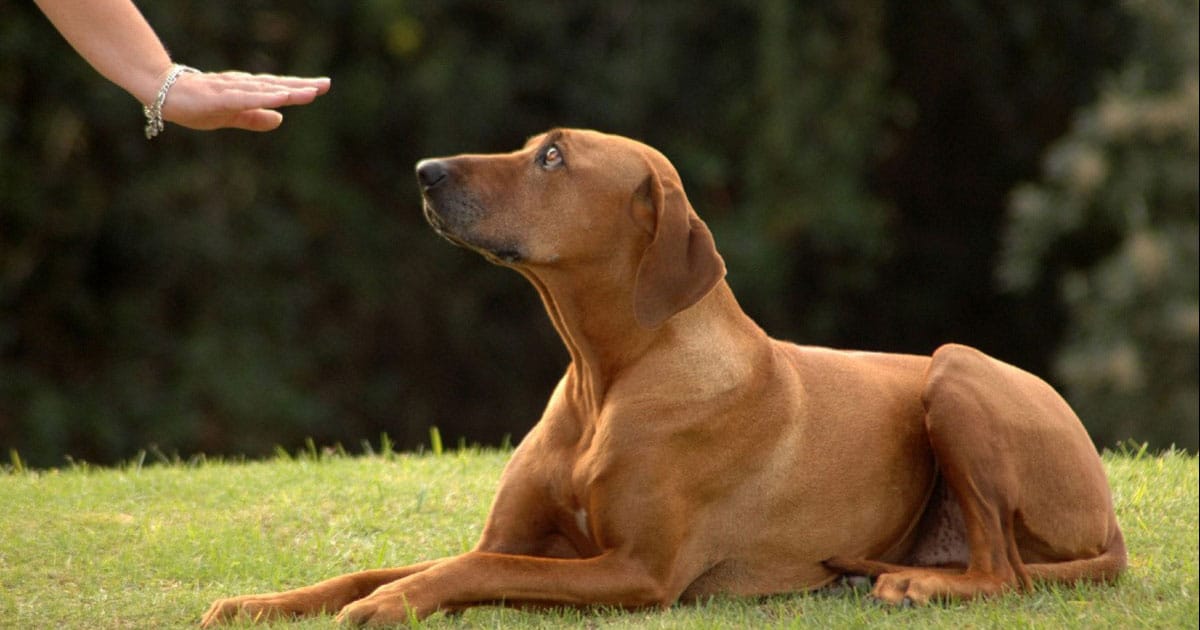 Teach your dog to shake hands
Teach your dog to shake hands
2. Enhance the challenge
When you feel your dog has mastered the handshake, try offering a few more challenges. Wait until a distracting situation arises, such as going to a crowded place or someone approaching the gong and giving commands to the dog.
- The more you practice in different situations, the better your dog will perform at handshakes.
3. Train the dog to catch with the other hand
Follow the same exercise order as for the other hand. The only difference is that you will hold the food in your other hand and reward the dog only when it catches your hand.
- You can use another command. If you used “Catch!”, you can use “Hand!” for the other party. Or simply say “Left” or “Right” to distinguish the two hands. Note
Note
It is important to be patient. Regularly reward your dog’s behavior and when to do so. Don’t get angry if your dog doesn’t obey your commands. Please wait. Feed your dog with your other hand, not the hand you just used to shake hands. Stay upbeat and happy with your dog. Much praise. Strict but not too harsh. Patience and consistency are all you need. You should reward your dog every time he obeys. You need the dog to follow your commands and not play cheats to win food.
Good luck with your dog!

